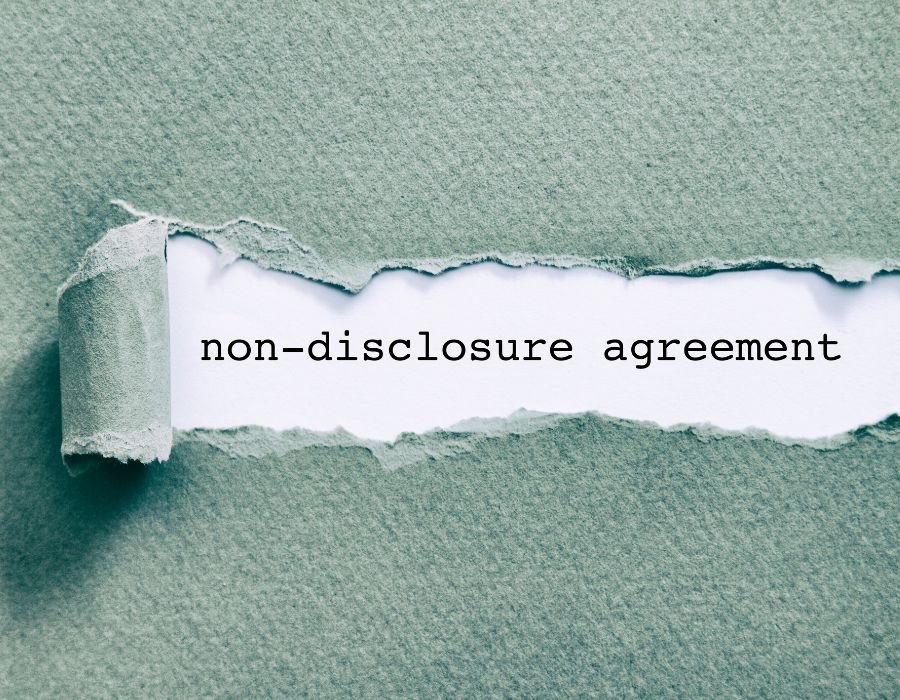One of the most crucial skills for real estate investors is the ability to conduct property value research. Investors in most states have access to pricing data and the selling price history of properties, which can be useful when searching for comparable properties, examining the purchase history of a property, or attempting to assess the strength of the real estate market in a particular location. Investors in non-disclosure states must overcome certain challenges while attempting this, nevertheless.
In non-disclosure states, the government keeps the sale price of a property private by prohibiting offices like the county recorder’s and assessor’s from sharing it. While investors or other interested parties can access this information without legal repercussions, the state, county, or their representatives cannot compel anyone to disclose the sale price of a property.
Non-disclosure agreements are defended and opposed by different people. Some homebuyers, on the other hand, are appreciative that their purchase price is private. Legislators contend that making this information public constitutes a privacy infringement specific to this kind of transaction.

Opponents counter that this regulation will make it harder for prospective homeowners to fill in the blanks and decide whether a property is worth the asking price. The strategy, which increases the difficulty of collecting property taxes when the tax burden is based on the sale price, has also drawn criticism from lawmakers in these states.
Which states are non-disclosure states?
In the US, there are twelve non-disclosure states. The following states do not currently disclose:
Alaska
Idaho
Kansas
Louisiana
Mississippi
Missouri (certain counties)
Montana
New Mexico
North Dakota
Utah, Texas, Wyoming
The restrictions on the sale price vary significantly between different states. In certain states, neither the county assessor’s office nor any other local authority receives the sale price. Some jurisdictions have limited transparency, meaning that informed real estate agents can use the information these governments make available to the public to estimate the sale price.
Obtaining sale information in a non-disclosure state
Thankfully, it’s not always hard to find a property’s sale price just because it’s not readily accessible to the general public through the typical channels. Investors in non-disclosure states have a few options for getting around state laws.
MLS data
The Multiple Listing Service, or MLS, will continue to show sale price information even in states where disclosure is not permitted. Working with a real estate agent can be quite beneficial in this situation as only real estate agents typically have access to the MLS. Obtaining a real estate license could prove beneficial for investors operating in certain states since it will grant them direct access to the Multiple Listing Service (MLS). This will free you up to do business without having to rely on a realtor for information.

The MLS’s only disadvantage in terms of information availability is that it doesn’t include some types of sales in its listings. The MLS does not feature sales conducted by agents who are not MLS members, nor does it include properties where the owner acted as the agent. However, these situations are uncommon, so the value of the MLS data is not greatly diminished by their absence.
Property estimates
Finding a fair estimate of the sale price through research is an additional way to figure out how much a property is worth. Once more, access to the MLS listing is necessary for this. You would locate comparable-sized, older, and well-maintained residences that have sold in the neighbourhood to get an idea of the property’s value.
Your realtor is a valuable resource for pricing advice in non-disclosure states. They can access comparables (comps) to help you determine the right price for your home. Keep in mind, though, that the Multiple Listing Service (MLS) only lists on-market property prices. So, while this method is perfect for off-market properties, it may not apply to homes currently for sale.
Property Appraisals
Property owners can use an appraisal to evaluate the rental value or to decide how much to price a home they are selling. They are frequently performed once an offer has been accepted on a property. Even though this method won’t reveal the sale price of a property, investors might still benefit greatly from it.
County assessor’s office
One option is to get information from the county assessor’s office. They determine property taxes based on the property’s value approximation. However, they won’t have the exact sale price. They estimate based on local market trends. The downside is that their estimate may differ significantly from the actual sale price.
Real estate investing software
Real estate investing software can provide sale price information for investors looking to buy or sell properties. Investors can trust the accuracy of the information they receive, as it includes both historical and current listing information.
Key Takeaways
Investors need extra effort to find sale prices in non-disclosure areas. However, it’s still possible to get approximate prices. Astute investors can find selling price information through various methods. They shouldn’t be discouraged from buying in these states. For instance, avoiding investment in some Texas markets would have meant missing out on double-digit appreciation. Non-disclosure states, though requiring more work, can still be great investment destinations.









